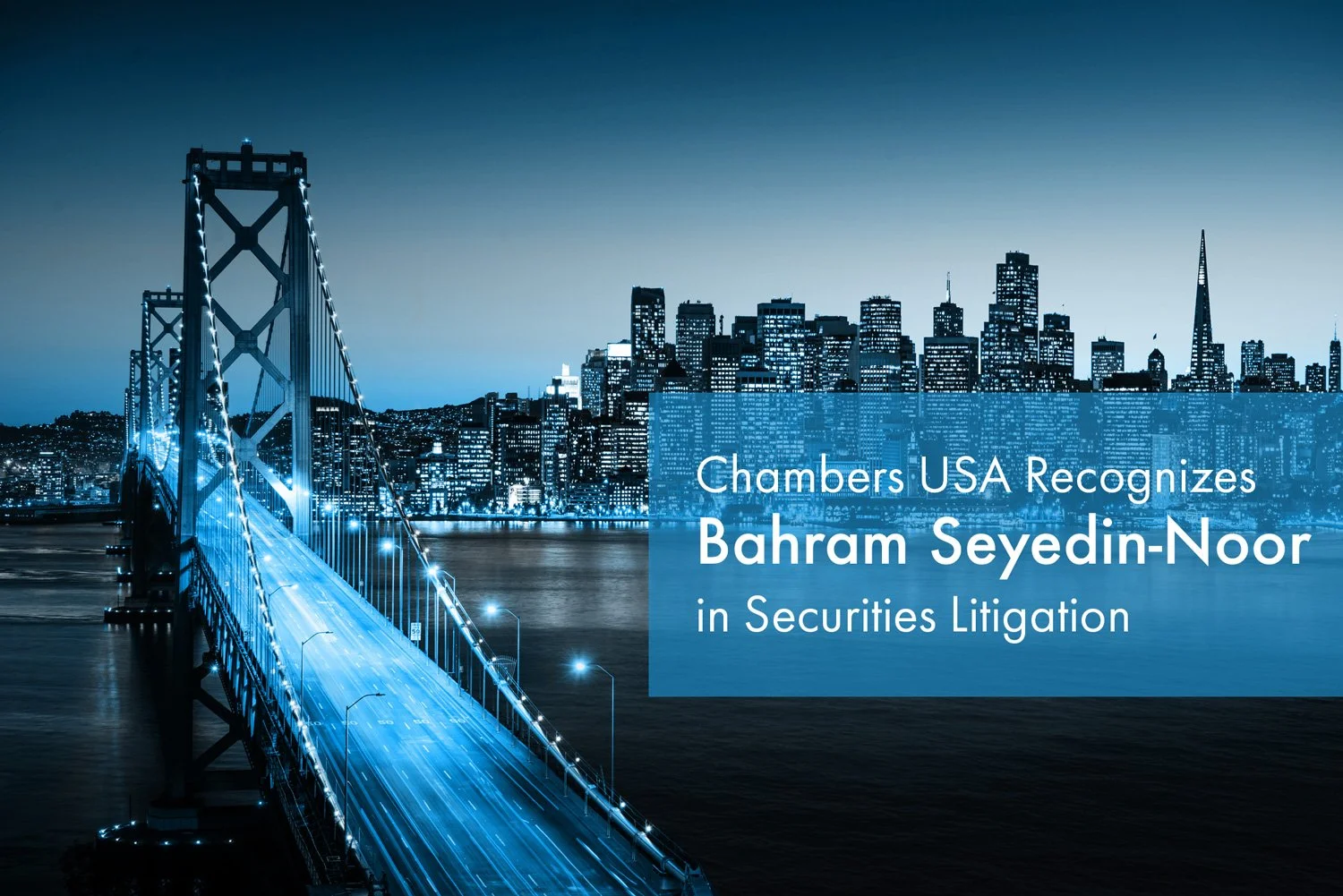Home to Silicon Valley, Santa Clara County has seen countless tech fairy tales over the past 70 years. In turn, the Santa Clara County Superior Court—and in particular, its Complex Division—has been the backdrop to myriad Silicon Valley nightmares.
We’ve written in the past about reasons to consider designating your case as complex in California Superior Court. Here, we discuss some of the more distinctive characteristics of one of the most important departments, in one of the most important courts, of the state.
Discovery Routinely Is Stayed Until the Initial Case Management Conference
Aggressive advocates often take advantage of rules that permit defendants to begin serving discovery at the outset of a case, and permit plaintiffs to begin serving discovery just ten days after a defendant has been served with the summons. At present, the Complex Division of the Santa Clara Superior Court (“SC Complex Division”) has no local rule or standing order to the contrary. However, for many years, the SC Complex Division has, as a matter of practice, routinely stayed discovery (and responsive pleading deadlines) at the same time it designates a case as complex, until the initial case management conference. Since it sometimes take 2-3 months (or more) before the SC Complex Division conducts the initial CMC, counsel and parties should carefully consider the implications of such a stay.
“Informal Discovery Conferences” Are Not Just for Party Discovery Disputes
While hardly the only court to utilize the “Informal Discovery Conference” or “IDC” procedure, the SC Complex Division judges are, in our experience, superfans. They regularly invite parties to come to them with IDC requests, and typically are available on relatively short notice (1-2 weeks, rather than months). Indeed, SC Complex Division judges often are willing to help resolve disputes involving non-parties (like subpoena recipients) and even non-discovery matters through IDCs.
Parties Often Set Briefing Schedules—So Long as the Court Gets Extra Time to Review Replies
In an age when parties often wait months after filing their motion before it is heard, one might question the logic of giving the responding party until just nine court days before the hearing to file their opposition, and then jamming the moving party with a reply brief just four court days later. (The Northern District of California’s Civil Local Rules set briefing deadlines based on the timing of the opening brief, rather than the timing of the hearing date.) Fortunately, the SC Complex Division encourages parties to set their own stipulated briefing schedule. Just keep in mind that, in our experience, the SC Complex Division judges want at least two weeks between the reply brief and the hearing date, rather than the statutory one week.
The Court Has Its Own Model Protective Order
Parties to complex civil litigation typically want assurances that the information and documents they produce in discovery will not be made public or used outside of the litigation. This typically is accomplished through a stipulated protective order at the outset of the case. However, lawyers often have their own preferred templates, which of course can vary significantly from person to person. It is worth noting, then, that the SC Complex Division itself has a model protective order for parties to use. Parties looking for the ability to designate produced documents or information as “Confidential” should start by reviewing the model order to see whether it suits their needs. The model order only provides for one level of confidentiality, and if any (or all) of the parties require the possibility of “Attorneys’ Eyes Only” protection, or otherwise want additional or different terms, the SC Complex Division judges typically are amenable.
Familiarize Yourself with Both the Complex Civil Guidelines and the Other Rules Cited Therein
Lawyers practicing in the SC Complex Division are expected to familiarize themselves with its Complex Civil Guidelines. In addition to certain unique rules and procedures (such as a requirement for joint case management statements), the Complex Civil Guidelines point to another important ruleset: the Santa Clara County Bar Association Code of Professionalism. The SC Complex Division judges take the Code of Professionalism seriously. Several years ago, the author’s opposing counsel made the mistake of employing ad hominem attacks in their briefing and at oral argument. When the author commented that the personal attack violated Section 19 of the Code of Professionalism, the judge responded:
Counsel invoked the code of professionalism. Anytime someone does that, a little bell goes off. He gets $50 for doing that. Because he is right.
The judge then proceeded to lament at length the lack of decorum “in a lot of places” before concluding: “But here in Department 1 . . . it is alive and well.” Opposing counsel lost that motion. The ad hominem attacks were not the primary reason, but they clearly did not help.
The Complex Division of the Santa Clara County Superior Court is filled with great judges, skilled attorneys, and top companies with interesting legal issues. It’s a great place to litigate. Just make sure to bring your A-game (if you’re a lawyer) or your A-team (if you’re a party).
For more information regarding Alto Litigation’s litigation practice, please contact one of Alto Litigation’s partners: Bahram Seyedin-Noor, Bryan Ketroser, or Joshua Korr.
****
Disclaimer: Materials on this website are for informational purposes only and do not constitute legal advice. Transmission of materials and information on this website is not intended to create, and their receipt does not constitute, an attorney-client relationship. Although you may send us email or call us, we cannot represent you until we have determined that doing so will not create a conflict of interests. Accordingly, if you choose to communicate with us in connection with a matter in which we do not already represent you, you should not send us confidential or sensitive information, because such communication will not be treated as privileged or confidential. We can only serve as your attorney if both you and we agree, in writing, that we will do so.
The materials on this website are not intended to constitute advertising or solicitation. However, portions of this website may be considered attorney advertising in some states.
Unless otherwise specified, the attorneys listed on this website are admitted to practice in the State of California.




















